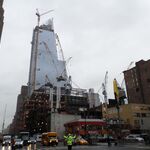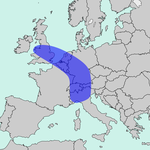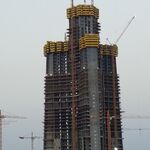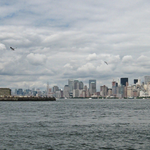In a past edition of Explainer, we described some of the integral components of a tower crane. Building materials like cladding or structures like fly forms are lifted by the crane to make construction possible. As a building nears the end of construction, a smaller crane is often installed to lift smaller loads and remove the larger tower crane. This apparatus is called a derrick.
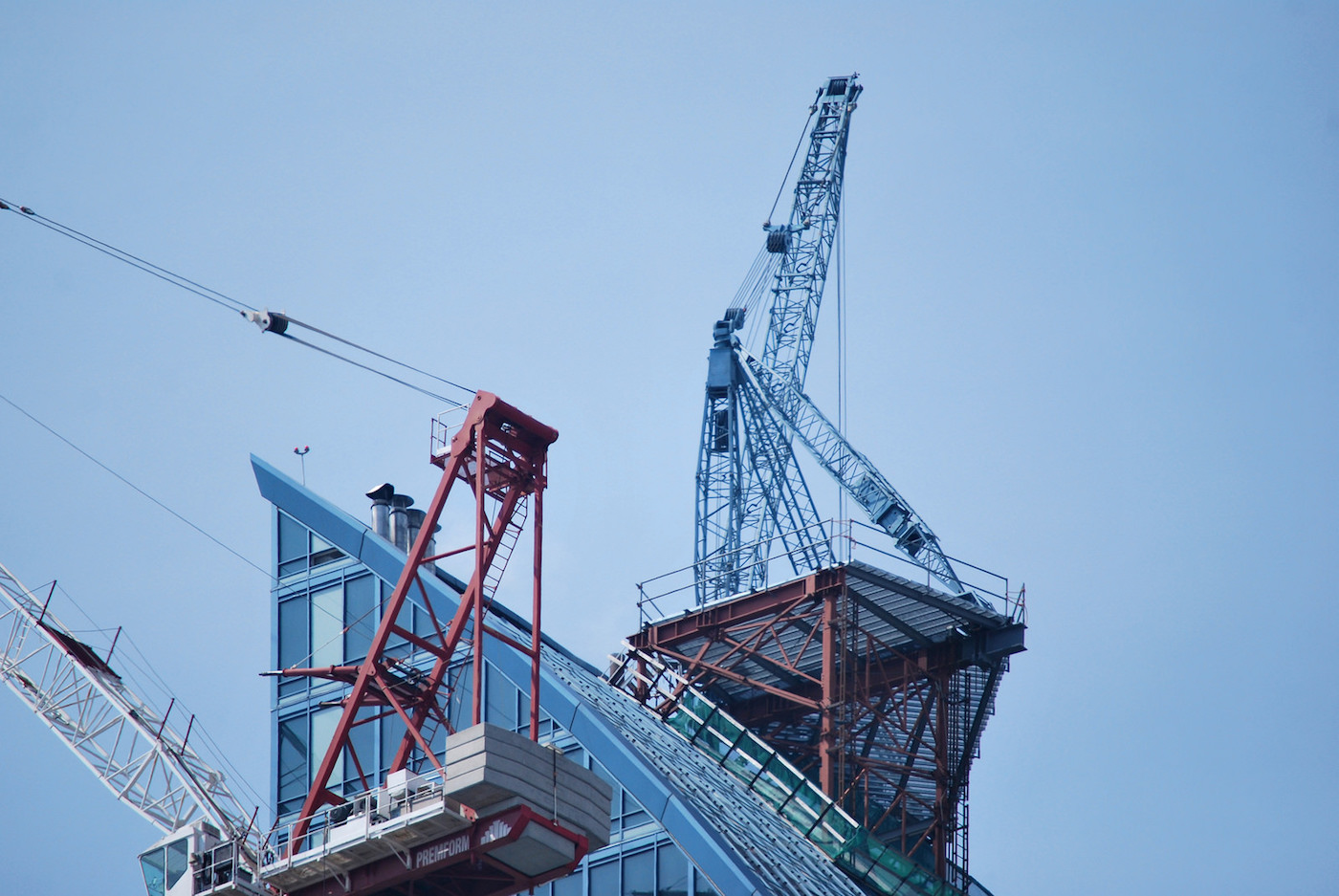 A derrick crane at the top of Toronto's L Tower, image by Marcus Mitanis
A derrick crane at the top of Toronto's L Tower, image by Marcus Mitanis
A derrick is typically a fixed crane that is assembled and disassembled in the location of use. Its compact size and flexibility makes it easier for crews to maneuver around the site of installation. Derricks are also common on shipping platforms, where they are used to load and unload items on boats and trains.
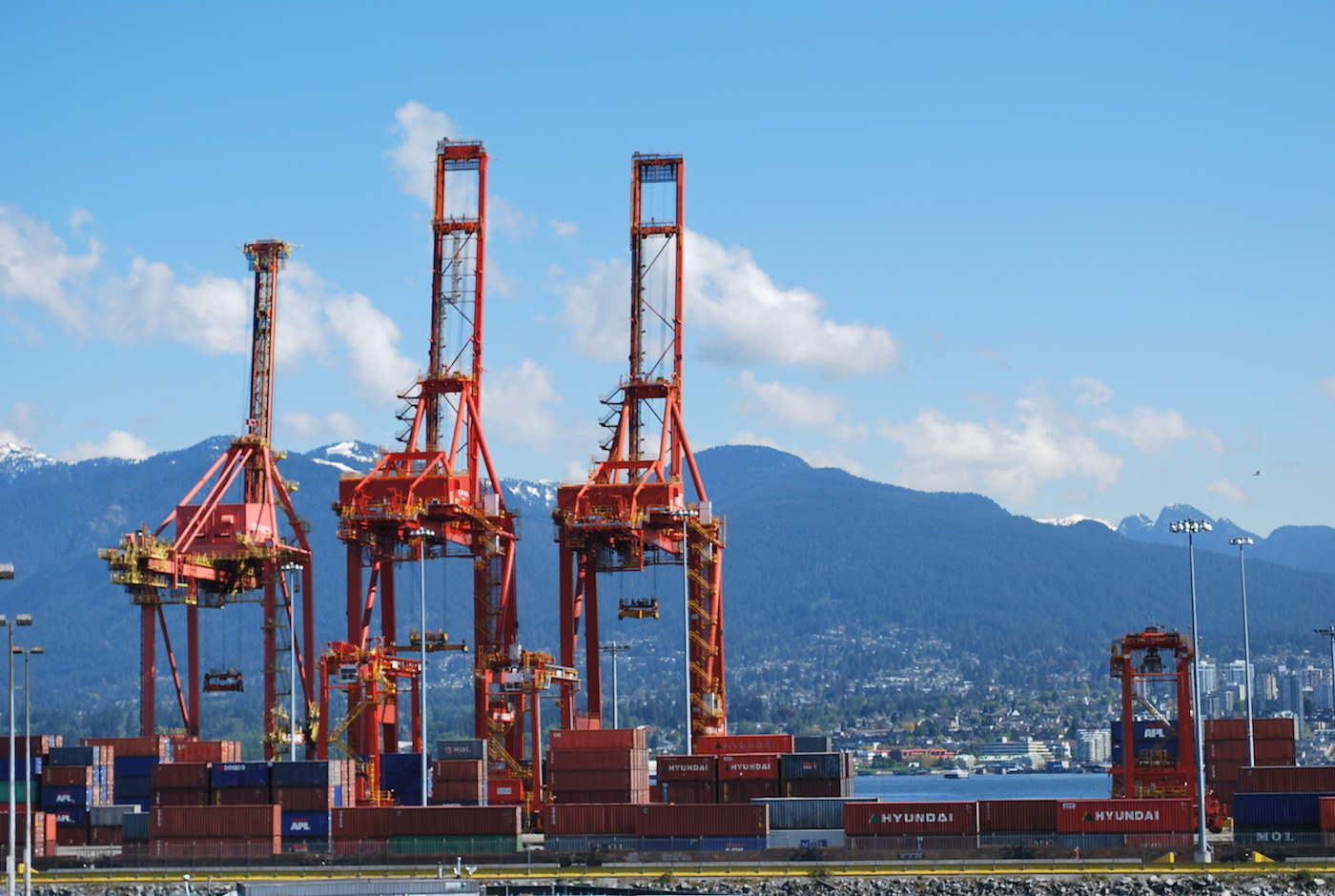 Derrick cranes on a Vancouver shipping platform, image by Marcus Mitanis
Derrick cranes on a Vancouver shipping platform, image by Marcus Mitanis
While tower cranes on shorter buildings may be removed with the help of a mobile crane positioned on the street, tall buildings require an alternative process. The crane will usually hoist the derrick to the roof in pieces, where it is then assembled. The dismantling of the tower crane can then take place, as the derrick is strong and capable enough to lower large sections of the crane.
 A derrick atop One Bloor East in Toronto, image by Marcus Mitanis
A derrick atop One Bloor East in Toronto, image by Marcus Mitanis
Once this is completed, the derrick itself needs to be removed. If it's small enough, it can be disassembled and transported to the ground through the internal elevators, exterior construction hoist, or via the building maintenance unit. In many cases, the derrick is still too large to fit in the elevator shaft, requiring smaller derricks to be hoisted to the roof and assist in its dismantling. Likened to a Russian nesting doll, the process of disassembly continues until the final derrick is small enough to be lowered internally.
Have any other construction and development terms that you would like to see featured on Explainer? Share your thoughts and questions in the comments section below.

 4.2K
4.2K 
















